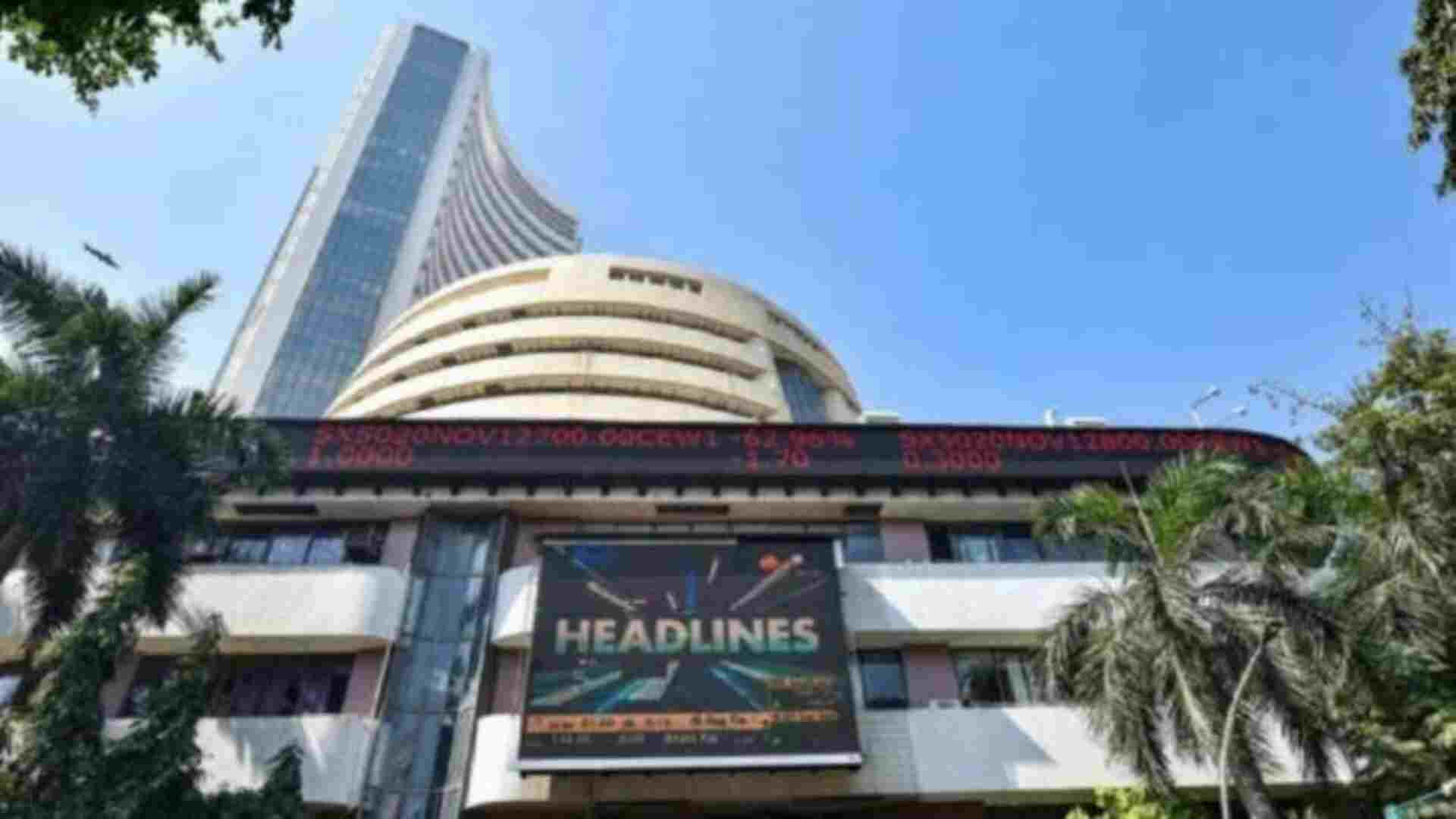On 15th November 2022, the world population reached eight billion, which was termed “a milestone in human development” by the United Nations. “The growth of our population is a testament to humanity’s achievements, including reductions in poverty and gender inequality, advancements in health care, and expanded access to education,” the United Nations Population Fund (UNFPA) said. The report said the global population is growing at its slowest rate since 1950, having fallen under 1 per cent in 2020. However, what is also noteworthy is that along with the world population crossing eight billion, India is also set to overtake China as the world’s most populous country in 2023. India’s population stands at 1.412 billion in 2022, compared to China’s 1.426 billion. China has recorded one of the lowest fertility rates in the world (1.15 children per woman) and is likely to see a decline in population from 2023, and with the continued increase in population in India, the UN projections are likely to come true next year. India is also projected to have a population of 1.668 billion in 2050, way ahead of China’s 1.317 billion people by the middle of the century. While the growth of the population of a country is a testament to the progress it is making in healthcare and education, it can also be a cause for concern, especially if social and economic policies are not modified to support the growing population. For India in particular, the rate of population growth has raised concerns about the pressure on healthcare, education, and social systems, including infrastructure and overall unemployment and economic growth.
How is India’s population growing?
India’s population has more than tripled since the country’s independence from British rule in 1947. There were an estimated 361 million (36.1 crore) people in the country as per the 1951 census, and this grew to 1.2 billion (121 crores) as per the last census in 2011. Since then it has been estimated that the country’s population is likely to grow by 25 per cent to 1.52 billion by 2036 (according to a report by the National Commission on Population (NCP)). 70 per cent of this increase will be in urban areas. As of 2011, 31 per cent of Indians were living in urban areas, and this is likely to increase to 39 per cent by 2036. The union territory of New Delhi, which was 98 per cent urban in 2011 will be 100 per cent urban by 2036. States such as Tamil Nadu, Kerala, Maharashtra, Telangana, and Gujarat will all be more than 50 per cent urban. The most dramatic shift in population shift from rural to urban will be in Kerala, where around 52 per cent of the population was living in urban areas in 2011. This will increase to 92 per cent by 2036.
Roughly more than half (54 per cent) of the growth in population from 2011 and 2036 will take place in five states in the country: Uttar Pradesh, Bihar, Bihar, Maharashtra, West Bengal, and Madhya Pradesh. The five southern states of Kerala, Karnataka, Andhra Pradesh, Telangana, and Tamil Nadu will only account for only 9 per cent of the growth. Overall, the life expectancy at birth in the country has fallen from 70.9 years in 2019 to 67.2 in 2021. The annual population growth has continued to average 1.2 per cent since 2011. In the decade before that, the annual population growth rate was higher at around 1.7 per cent. The country’s total fertility rate (TFR), which measures number of children per woman, fell to 2 in the last assessment period (2019-21), while this figure was 3.4 in 1992-1993. This can be attributed to the awareness and better use of family planning methods and higher education levels among girls. However, it should be noted that although the rate of fertility has been declining on average, the country’s birth rate is much higher than its death rate compared to other countries.
What does this population growth rate mean for India?
Rapid population growth accelerates the challenges for any country in terms of food security, poverty, and overall development. As per Former Liu Zhenmin, the United Nations Under-Secretary-General for Economic and Social Affairs, “It makes eradicating poverty, combating hunger and malnutrition, and increasing the coverage of health and education systems more difficult”. Population experts and economists believe that focusing merely on the growth rate of the population, including fertility and mortality numbers, can often distract from the real challenges faced by the country. In order for progress to be enjoyed by all in a sustainable manner, the focus should be on reforming the government’s education and economic and social policies to keep up with the rapidly growing population. One of the most important concerns is the increase in the number of elderly people in the county. In 2021, India’s ageing population stood at 138 million and a report prepared by the National Statistical Office projected that the number of people in this demographic would rise to 194 million in 2030 — a 41 per cent increase over a decade. Research suggests that only 26.3 per cent of elderly people in India are financially independent, 20.3 per cent are partially dependent on others for financial assistance, and 53.4 per cent are dependent on their adult children. A rising elderly population would also coincide with an increase in cases of elder abuse, abandonment, loneliness, as well as financial concerns, including the pressure on social welfare policies of the government.
Although India is a young country, with about 55 per cent of its population under the age of 30 and over 25 per cent below 15 years of age, experts have pointed out that demographic dividend phases do not automatically translate into economic growth without effective policy-making, and can, in fact, yield higher unemployment. Unemployment amongst the youth will be an issue across the county, especially if the pace of skills development remains the same in proportion to the increase in population. As per a recent report produced by the Confederation of Indian Industry, if India’s demographic dividend is productively employed, growth prospects would brighten, helping it to increase its GDP from the current $3 trillion to $9 trillion by 2030 and $40 trillion by 2047. To add to that, India has also recorded the sharpest increase in the number of people migrating overseas to nearly 10 million between 2000 and 2020. The “brain drain” of the Indian population is likely to increase further and continue to impact the economic growth of the country.
In addition to this, the major cities in India are already some of the biggest and most overburdened cities in the world. With the increase in the proportion of the population likely to be mostly in urban areas, this pressure will increase further. Delhi, which is already one of the largest and most polluted in the world, currently has a population of 20 million, expected to rise to 28 million by 2041. In such metropolitan areas and cities, housing, water, transport and sanitation infrastructure are already struggling to cope with the current pace of population growth. In Mumbai, the population is predicted to grow from 20 million to 27 million by 2025. Already 40 per cent of people in Mumbai live in slums. These problems will be further exacerbated with population increase unless education, infrastructure, and social policies are modified to suit the needs of the growing population.
Experts have also pointed out that the growth in population and its impact could encourage governments to adopt knee-jerk population control policies, which could unfairly affect women and those from minority communities, similar to those in China. India implemented the world’s first national family planning program in 1952, which led to a gradual drop in birth rates, however, the sizes of families continued to be high. The policy had several unintended consequences, including skewing the sex ratio of the country caused by sex-selective abortions. Some states in India have also already passed versions of a two-child policy, similar to China’s one-child policy. However, India is already trending towards smaller families due to changes in women’s own reproductive choices and no “drastic intervention from the state is required”, as highlighted by the UN report.






